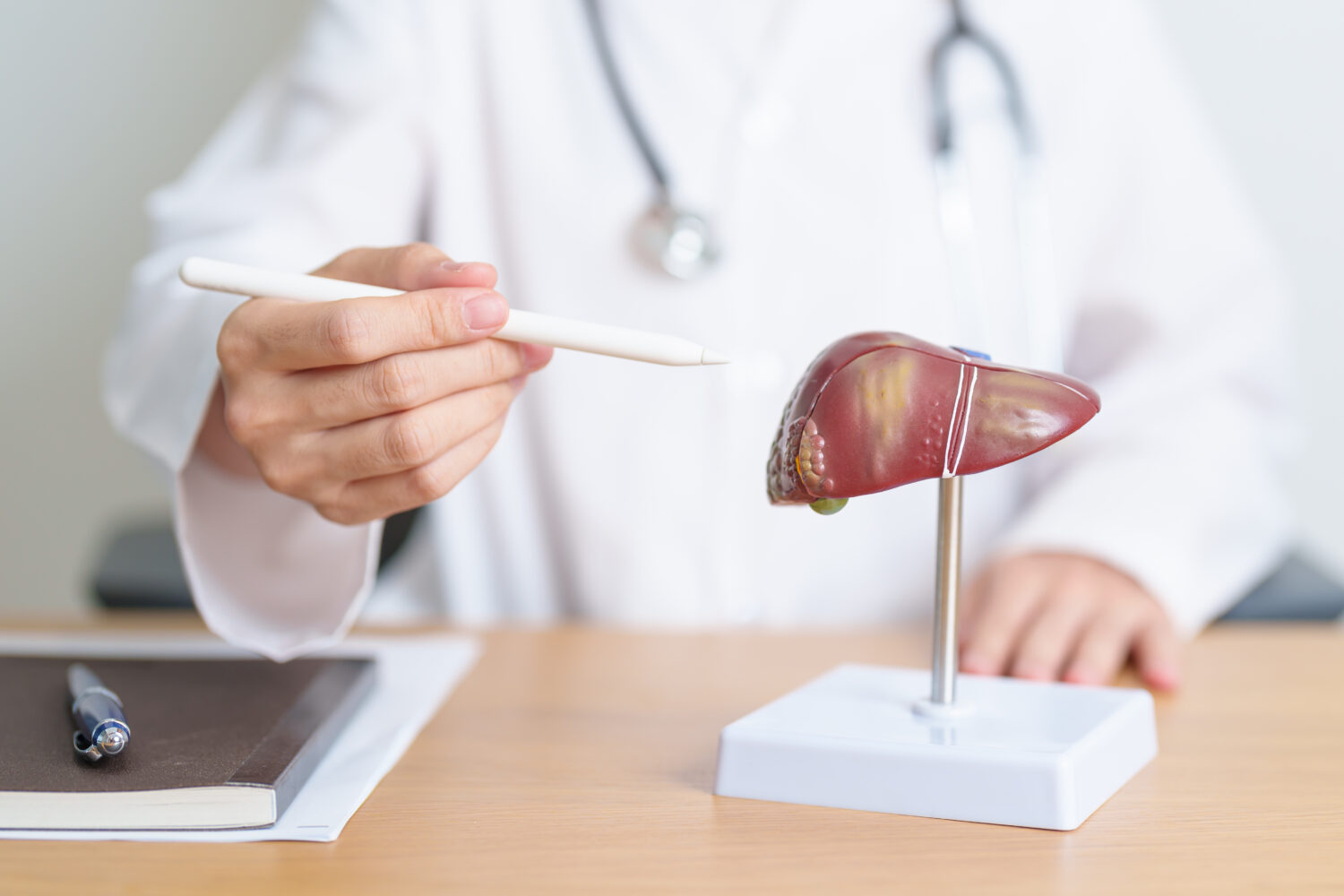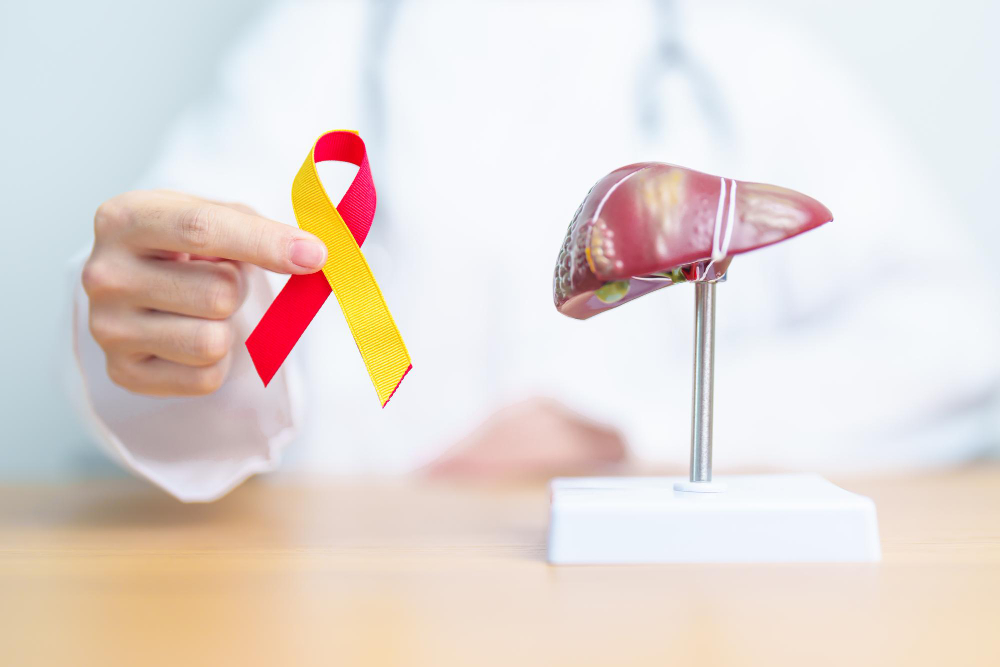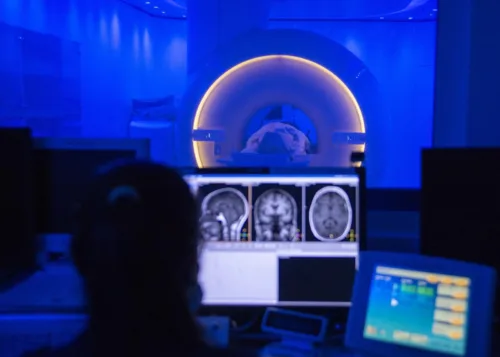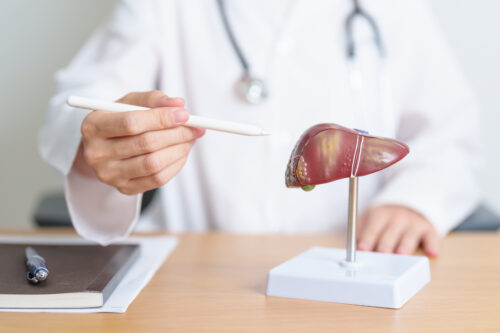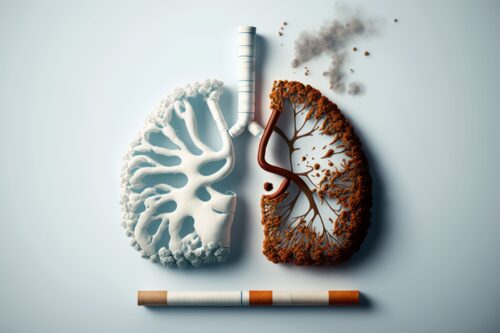Pancreatic cancer is often referred to in the medical community as the “silent killer” — and for good reason. By the time patients begin to exhibit noticeable symptoms, the disease is often already in an advanced stage. As a result, many individuals miss the optimal window for treatment.
Understanding the symptoms and risk factors of pancreatic cancer is essential, especially since early-stage pancreatic cancer is notoriously difficult to detect. In fact, prevention and early detection are particularly important for high-risk groups. Moreover, even though the survival rate in late-stage pancreatic cancer is low, advancements in medicine have led to a growing number of treatment options.
In this article, we will explore why pancreatic cancer is so difficult to detect early and which symptoms require special attention. We will also discuss existing screening methods and how to reduce the risk of developing pancreatic cancer through lifestyle adjustments.
Article directory (Click to jump to related content)
- Why is pancreatic cancer called the silent killer
- Reasons why pancreatic cancer symptoms are not obvious
- High-risk groups should undergo regular checkups
Don’t wait until symptoms appear. Early screening is the key to fighting pancreatic cancer. Schedule a health check today to assess your risk.
Why is pancreatic cancer called the silent killer
Pancreatic cancer is called the “silent killer” because by the time it is discovered, patients have often missed the best time for treatment. In Hong Kong, pancreatic cancer is considered an invisible killer due to the lack of obvious early symptoms. According to statistics, up to 80% of patients are already in locally advanced or metastatic stages at the time of diagnosis, with a general survival time of only 3 to 6 months. Furthermore, even among the 15% who are eligible for surgery, 80% experience recurrence after the procedure.
Location of the pancreas
The pancreas is located deep within the abdominal cavity. It is grey-red, long and narrow, and lies horizontally along the posterior abdominal wall behind the stomach. It weighs about 90 grams and is covered in connective tissue. The head of the pancreas is situated within the duodenal curve, the body makes up most of the organ, and the tail extends to the spleen. Because it is “hidden” behind the stomach and surrounded by major blood vessels, examinations are difficult.
Function of the pancreas
The pancreas plays a vital role in the human body, performing dual functions:
| Function Type | Details |
|---|---|
| Exocrine Function | Produces around 1200–1500cc of pancreatic juice per day, containing various digestive enzymes. These are delivered to the duodenum via the pancreatic duct to help break down carbohydrates, proteins, and fats. |
| Endocrine Function | Secretes hormones such as insulin and glucagon to regulate blood sugar levels. |
Therefore, any problems with the pancreas can have wide-ranging effects on the body, including digestive issues and blood sugar imbalances.
Reasons why pancreatic cancer symptoms are not obvious
Pancreatic cancer has almost no noticeable symptoms in the early stages. This is primarily due to the pancreas’s deep location in the abdomen, where small tumors do not exert significant pressure on surrounding tissues. Furthermore, the cause of pancreatic cancer remains uncertain, but general risk factors include: diabetes, pancreatitis, smoking, alcohol abuse, and family history of pancreatic cancer.
It is worth noting that clinical abdominal exams alone are unlikely to detect pancreatic cancer early. Standard ultrasound scans are not sufficient to fully examine the pancreas. MRI or CT scans are required to obtain a clear image of the organ. This is one of the main reasons pancreatic cancer is called the “invisible killer.”
Common symptoms and signs of pancreatic cancer
Early recognition of pancreatic cancer symptoms is crucial for improving survival rates. However, due to the vague or overlapping nature of symptoms with other illnesses, diagnosis is often delayed. The following are five of the most common symptoms and signs of pancreatic cancer. Recognizing these warning signs can help ensure timely medical attention.
High-risk groups should undergo regular checkups
People at high risk for pancreatic cancer include:
- Individuals aged 60 and above
- Diabetic patients, especially those newly diagnosed after age 50
- Those with a family history of pancreatic cancer, especially if two or more first-degree relatives have been diagnosed (18x increased risk)
- People with chronic or hereditary pancreatitis
High-risk individuals should undergo regular imaging exams, such as CT or MRI. However, there is currently no standardized screening protocol for pancreatic cancer, and routine screening is not recommended for the general population. If you experience symptoms or belong to a high-risk group, consult your doctor early to discuss appropriate screening options.
Pancreatic cancer is indeed a daunting “silent killer.” However, by understanding its characteristics and risk factors, we can take proactive measures. Although early diagnosis remains difficult, advances in medical technology are gradually improving the prospects of early detection.
FAQs
Q1. Why is pancreatic cancer called the “silent killer”?
- It is called the “silent killer” because it rarely causes obvious symptoms in the early stages. Due to its deep location, small tumors do not compress surrounding tissues, leading to diagnosis only in advanced stages.
Q2. What are the common symptoms of pancreatic cancer?
- Common symptoms include unexplained weight loss, upper abdominal or back pain, yellowing of skin and eyes (jaundice), loss of appetite, indigestion, and new or worsening diabetes. These symptoms usually appear in late stages.
Q3. Why is early diagnosis difficult?
- Due to the lack of effective screening tools, deep anatomical location of the pancreas, subtle or non-specific symptoms, and rapid tumor progression.
Q4. Who is at high risk?
- People over 60, those with diabetes (especially newly diagnosed after 50), family history of pancreatic cancer, chronic or hereditary pancreatitis, and long-term smokers. These individuals should consider regular checkups.
Q5. How can the risk of pancreatic cancer be reduced?
- Adopt a low-fat, low-sugar diet, eat more fruits and vegetables, consume omega-3-rich foods, quit smoking, limit alcohol, maintain a healthy weight, and consider genetic testing if there is a family history. High-risk groups should get regular health checks.
References
- Hong Kong Cancer Fund: Pancreatic cancer https://www.cancer-fund.org/blog/pancreatic-cancer-2/

